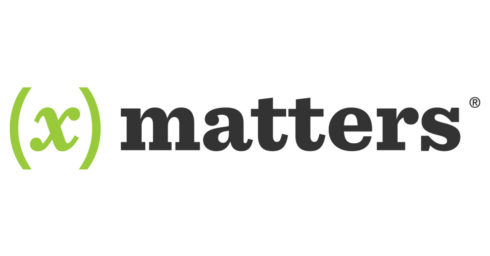
xMatters’ new adaptive incident management feature advancements provide increased automation across each stage of the incident management lifecycle – diagnosis and collaboration, resolution and post-incident learning.
An increase in the number of change-related incidents and the furious speed of new software releases demand more automation be applied across the incident management lifecycle to accelerate actions.
With the new features, DevOps and SRE teams have the ability to collaborate across the enterprise by streamlining and automating issue resolution.
With the app for Slack and the new xMatters capabilities in Microsoft Teams, DevOps and SRE teams can remain in their app of choice when declaring an incident and also access incident details for easier collaboration and seamless incident resolution.
Meanwhile, new xMatters Incident Resolution Templates and walk-through guides pre-package workflows for easy customization. Also, the new merge step functionality within xMatters Flow Designer reduces the effort and complexity of creating workflows.
New purpose-built processes guide teams to create an informed postmortem and thorough record of an incident and the Post-incident Report Builder automatically allows teams to review the incident’s impact and timeline.
“Incident response automation and incident management is quickly evolving to keep pace with digital operations teams. Enterprises need a better way to assess, prevent, respond, solve and learn from technical issues and interruptions,” said Troy McAlpin, the CEO of xMatters. “Easy-to-build and use automation is a precedent step toward an adaptive approach to incident management. Continuous improvement of traditional ITIL or ITSM practices toward SRE, data-driven and automated approaches are much more effective. If you want to deliver an ‘always on’ customer experience you first have to deliver automation with continuous learning to avoid, prevent and resolve impacts.”








